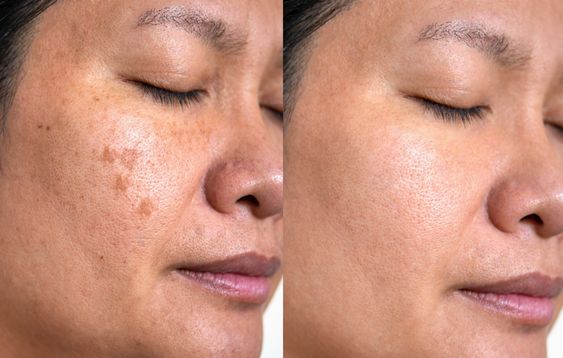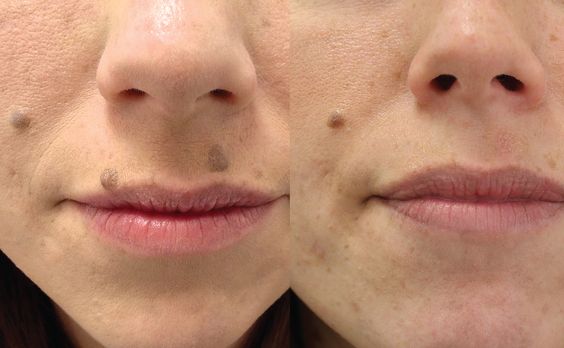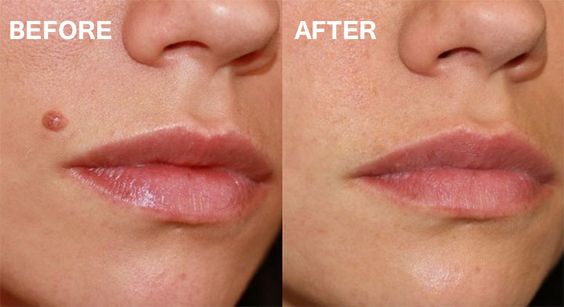Skin tags are those small, soft flaps of skin that can appear anywhere on your body, except for the palms of your hands and soles of your feet. While harmless, they can be bothersome due to aesthetics or irritation from rubbing against clothing. Here’s a breakdown of skin tag removal options and factors to consider when choosing the best approach.
There are two main reasons to remove a skin tag:
You simply don’t like the way a skin tag looks. It might be in a noticeable location or rub against clothing, causing discomfort.
In rare cases, a rapidly growing or changing skin tag might warrant evaluation by a doctor to rule out any underlying concerns.
Several methods can be used to remove skin tags, and the best option depends on the size, location, and your comfort level. Here’s a look at some common methods:
A thin thread is tied around the base of the skin tag, cutting off its blood supply. The skin tag dries up and falls off within a week or two. This is typically performed by a doctor.
The doctor numbs the area and uses surgical scissors or a scalpel to remove the skin tag. This is a quick procedure suitable for larger skin tags.
Liquid nitrogen is frozen and sprayed onto the skin tag, causing it to freeze and fall off within a few weeks. This method might require multiple sessions and can leave a slight lightening of the skin in the treated area.
Using a small electrical current, the doctor removes the skin tag with minimal bleeding. This is suitable for small skin tags.
While some attempt at-home removal with tools like scissors or tweezers, it’s strongly discouraged. This can lead to infection, scarring, or bleeding.
Consulting a doctor or dermatologist is crucial for safe and effective skin tag removal. They can:
They will assess the size, location, and any potential concerns.
Based on your needs and the skin tag’s characteristics, they will advise the most suitable removal technique.
Doctors have the expertise and sterile environment to ensure safe and effective removal.
Recovery is typically quick and simple, regardless of the removal method used. The treated area might be slightly red or tender for a few days, but healing is usually rapid. Your doctor will provide specific aftercare instructions, which might involve keeping the area clean and avoiding picking or scratching.
No, skin tags are generally benign and pose no health risks. However, you might consider treatment if:
There are several safe and effective methods for removing skin tags, usually performed by a dermatologist or qualified medical professional. Here are some common options:
It's strongly discouraged to attempt skin tag removal at home. There's a higher risk of infection, scarring, or even bleeding if not done properly by a trained professional.
Recovery is typically quick and simple. Most methods involve minimal discomfort, and the treated area may be slightly red or swollen for a few days. Your doctor will provide specific aftercare instructions to promote healing and minimize scarring.



